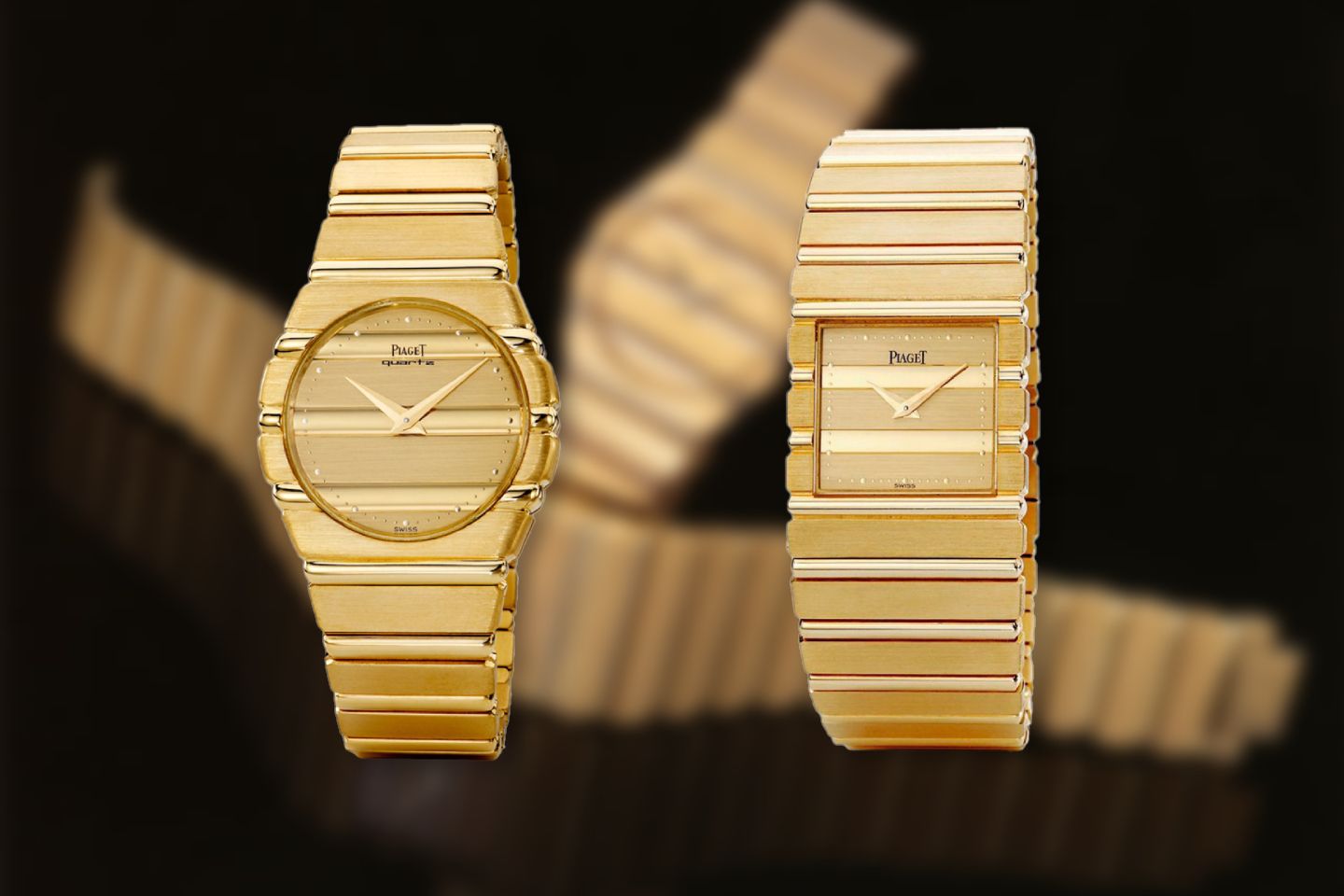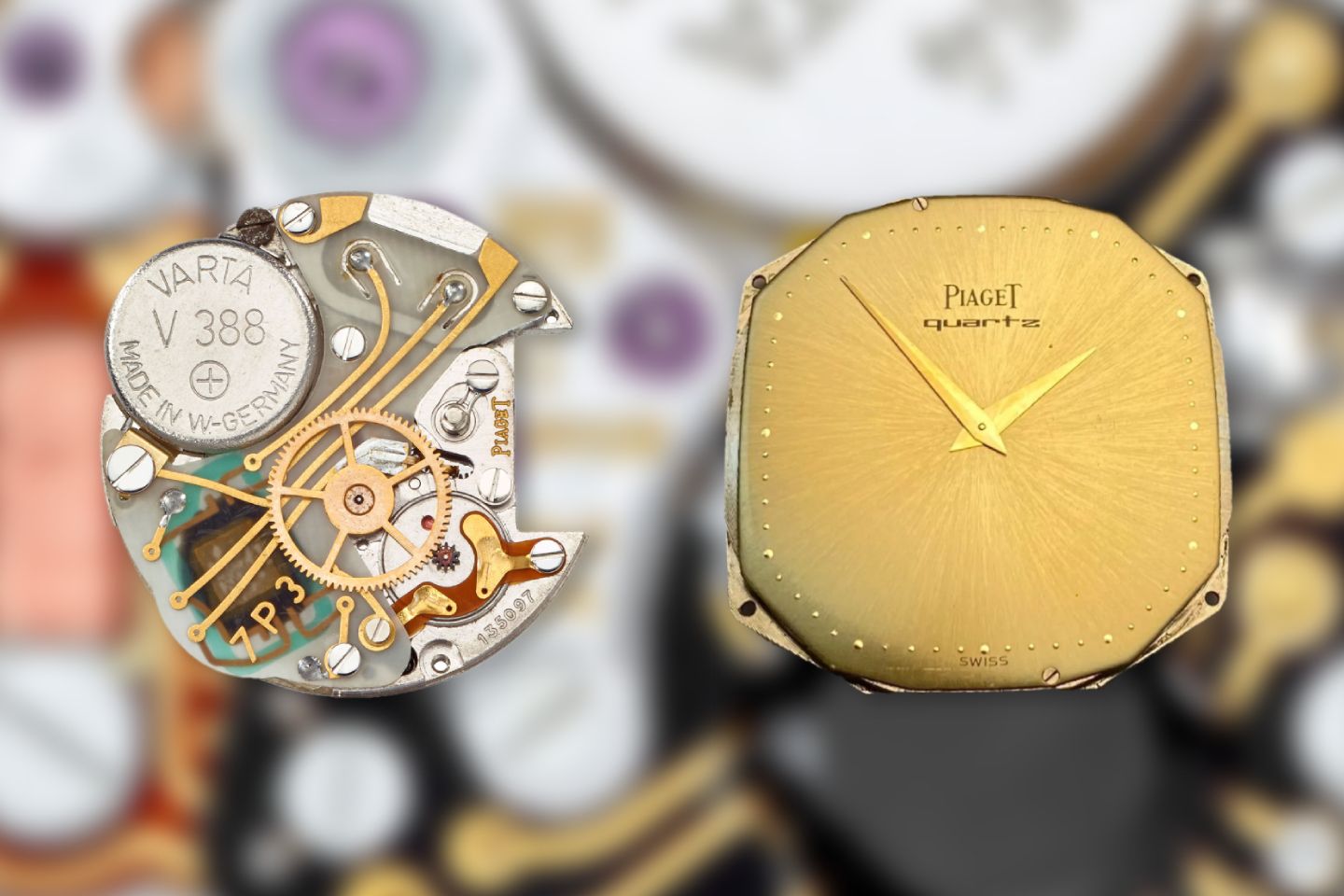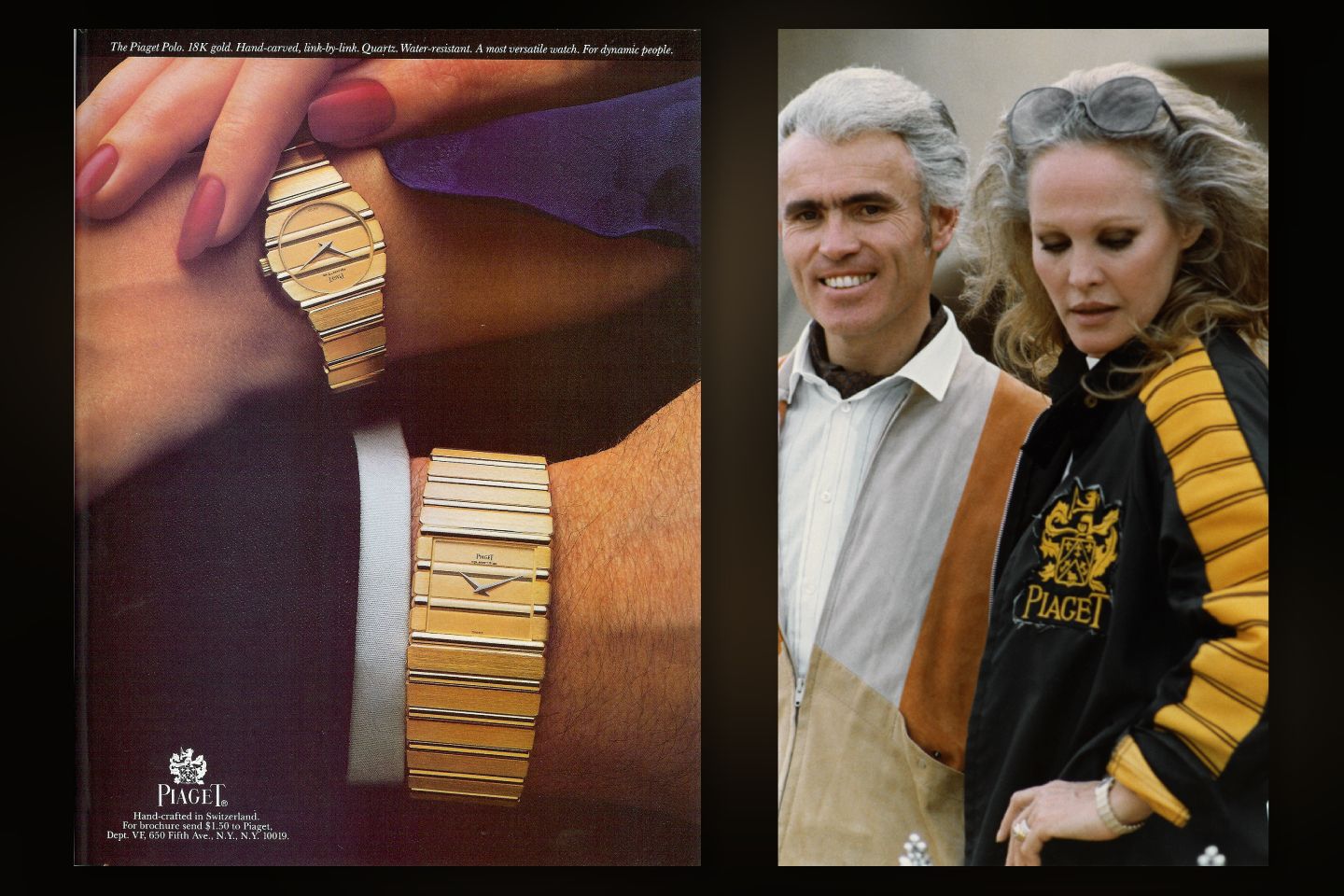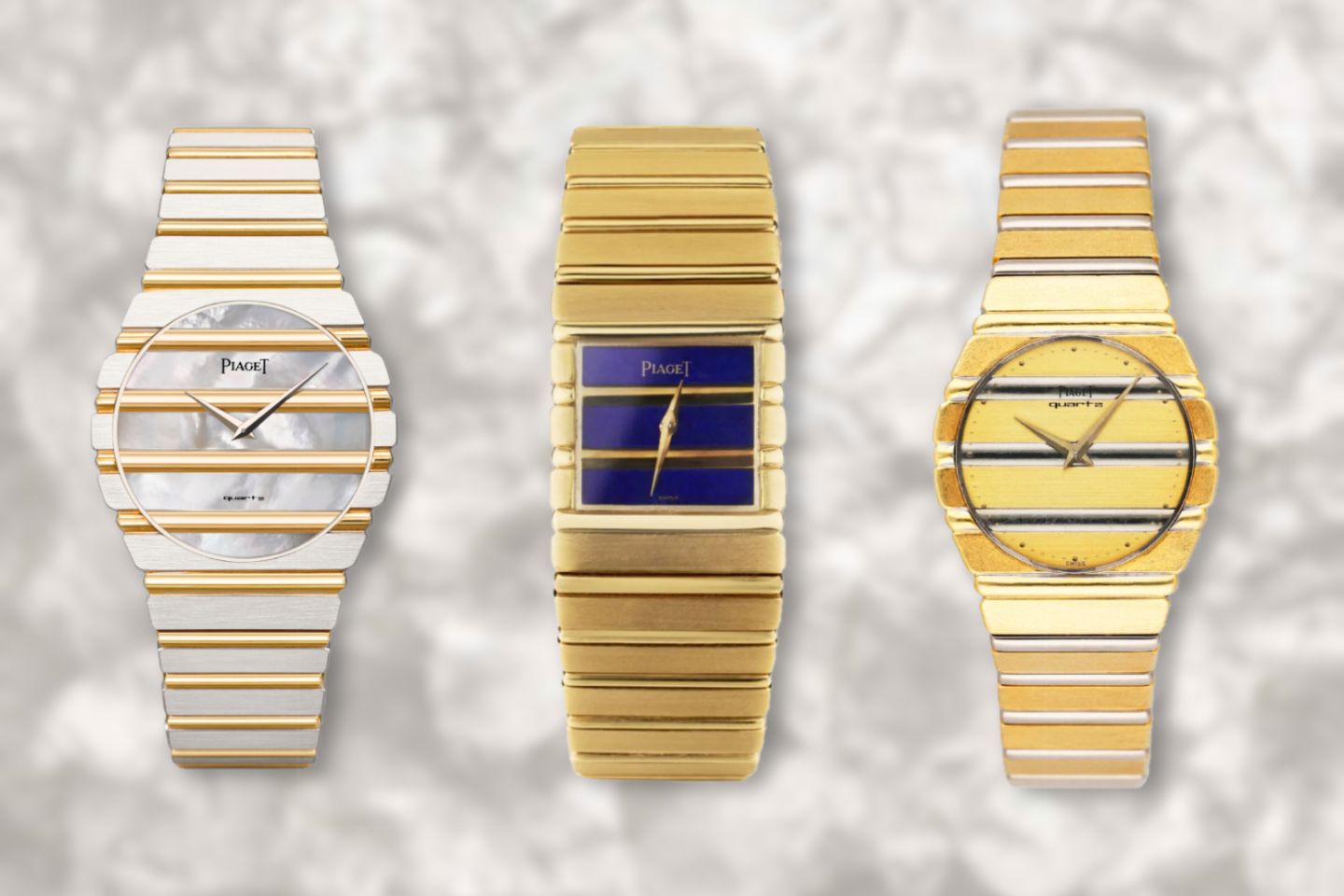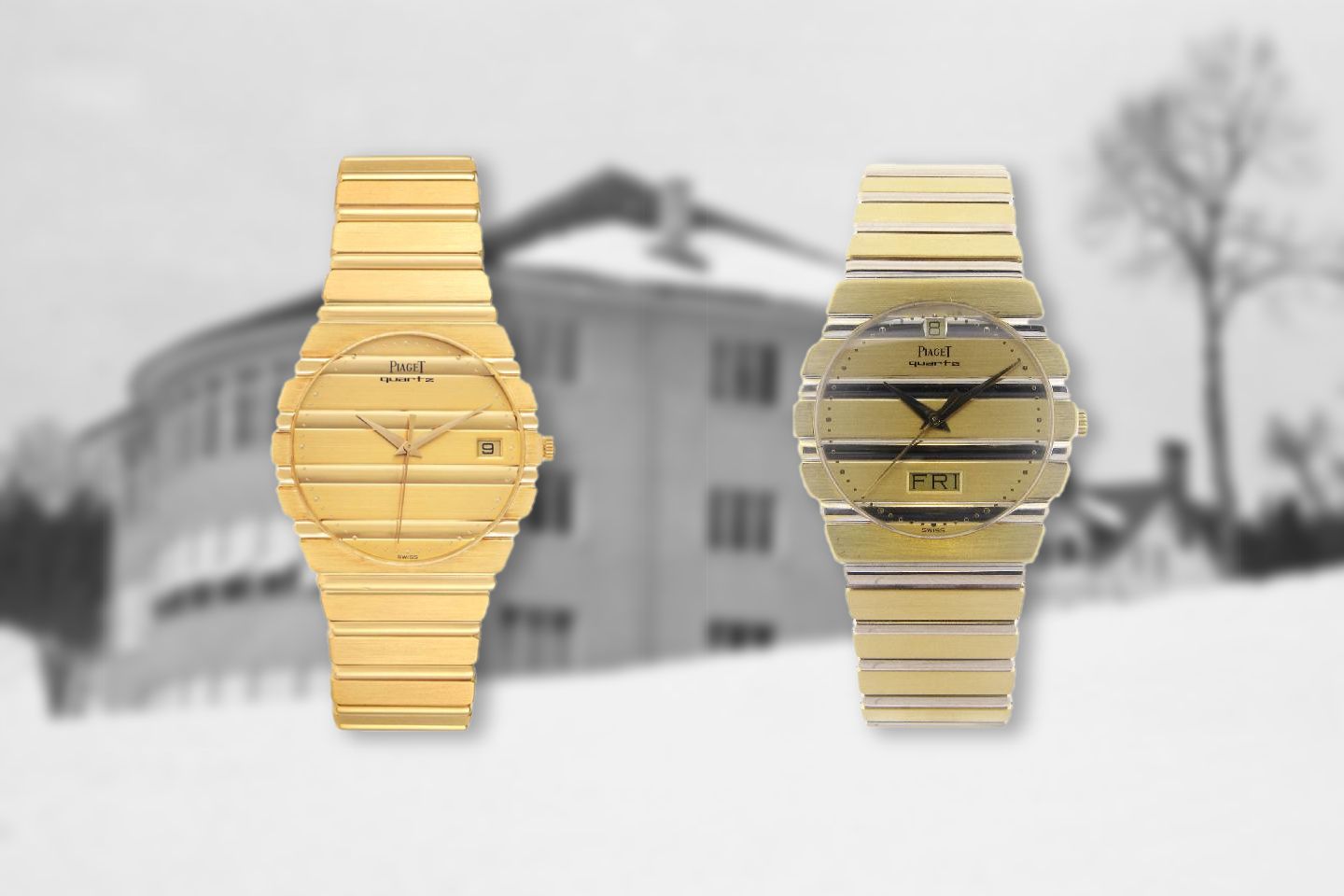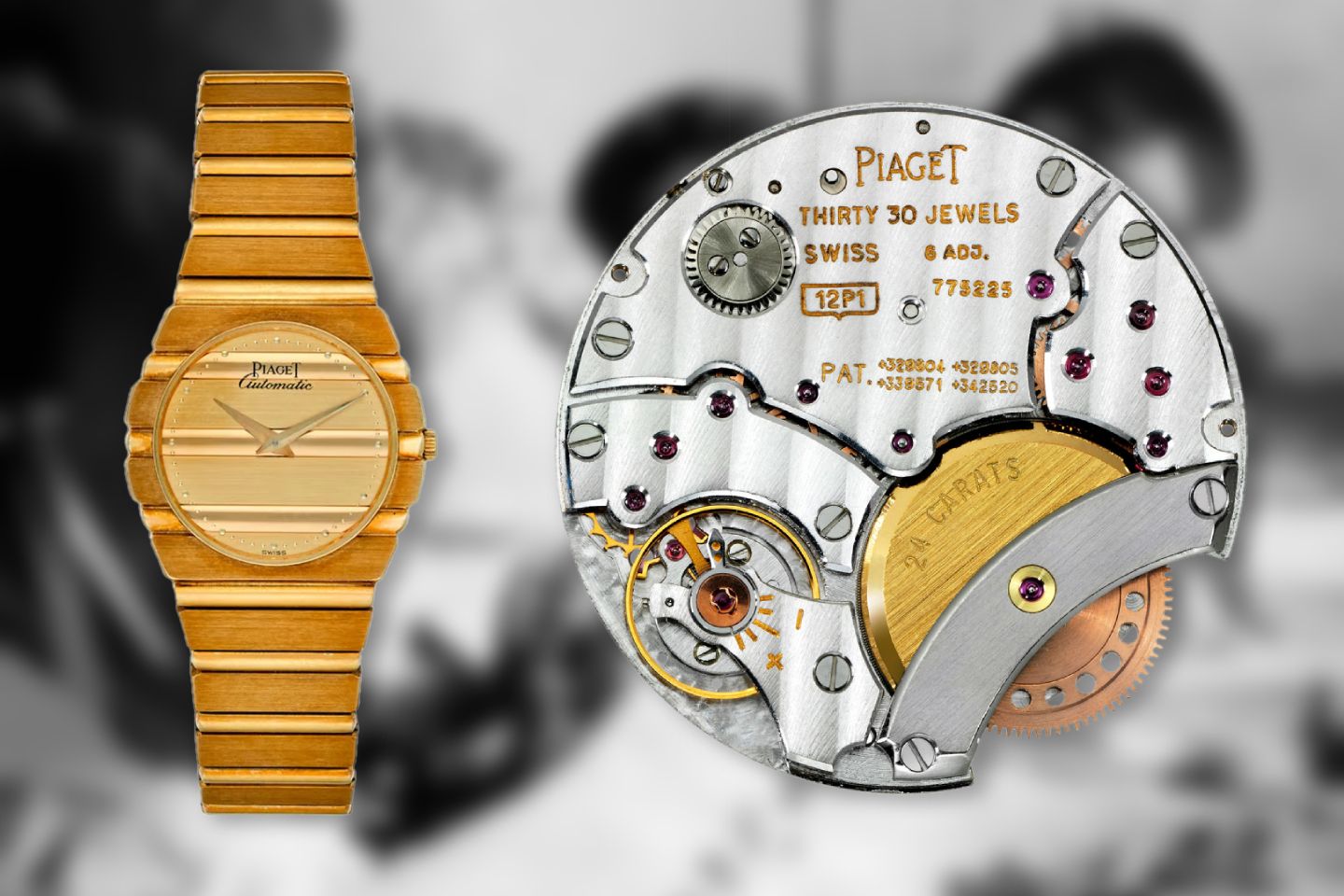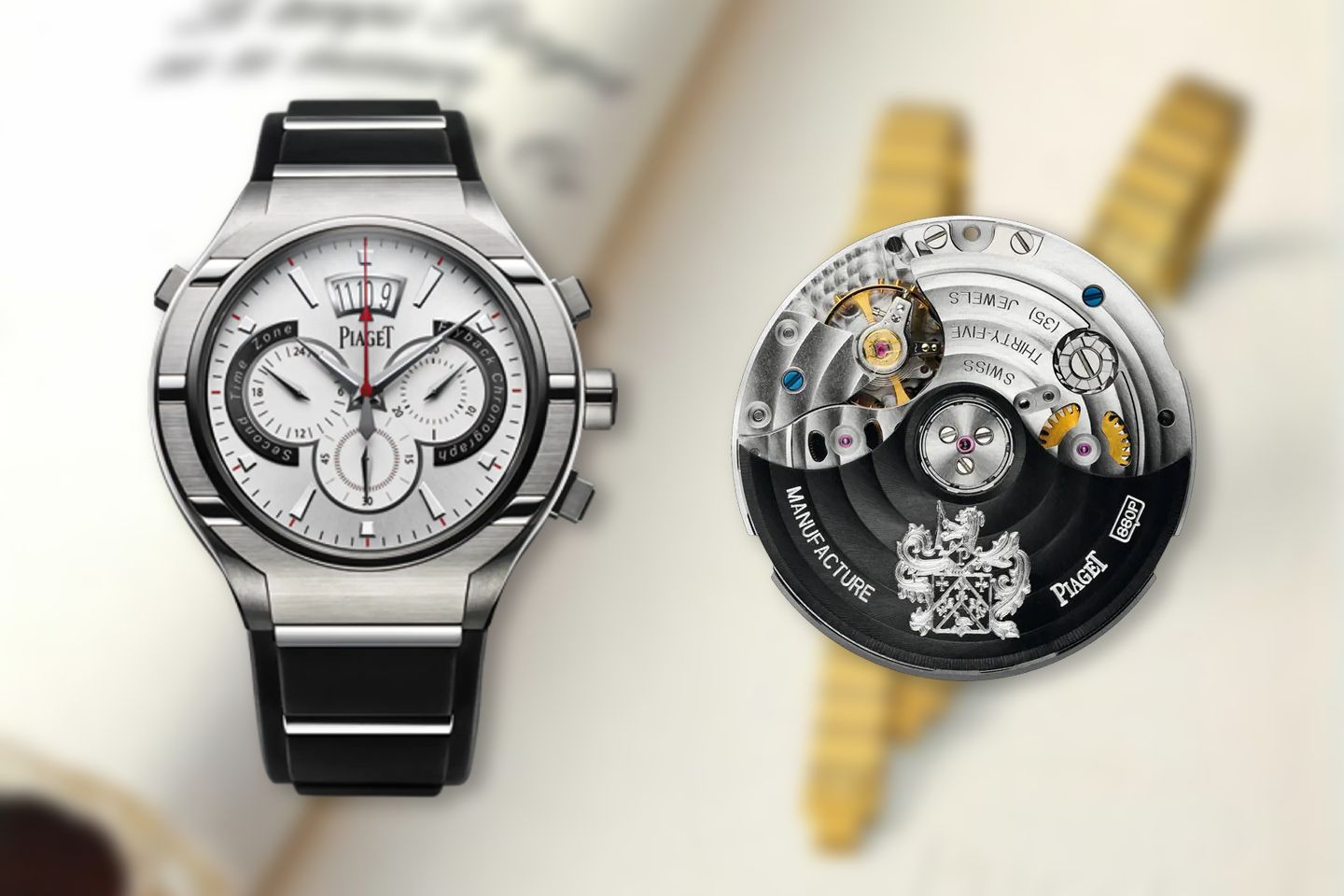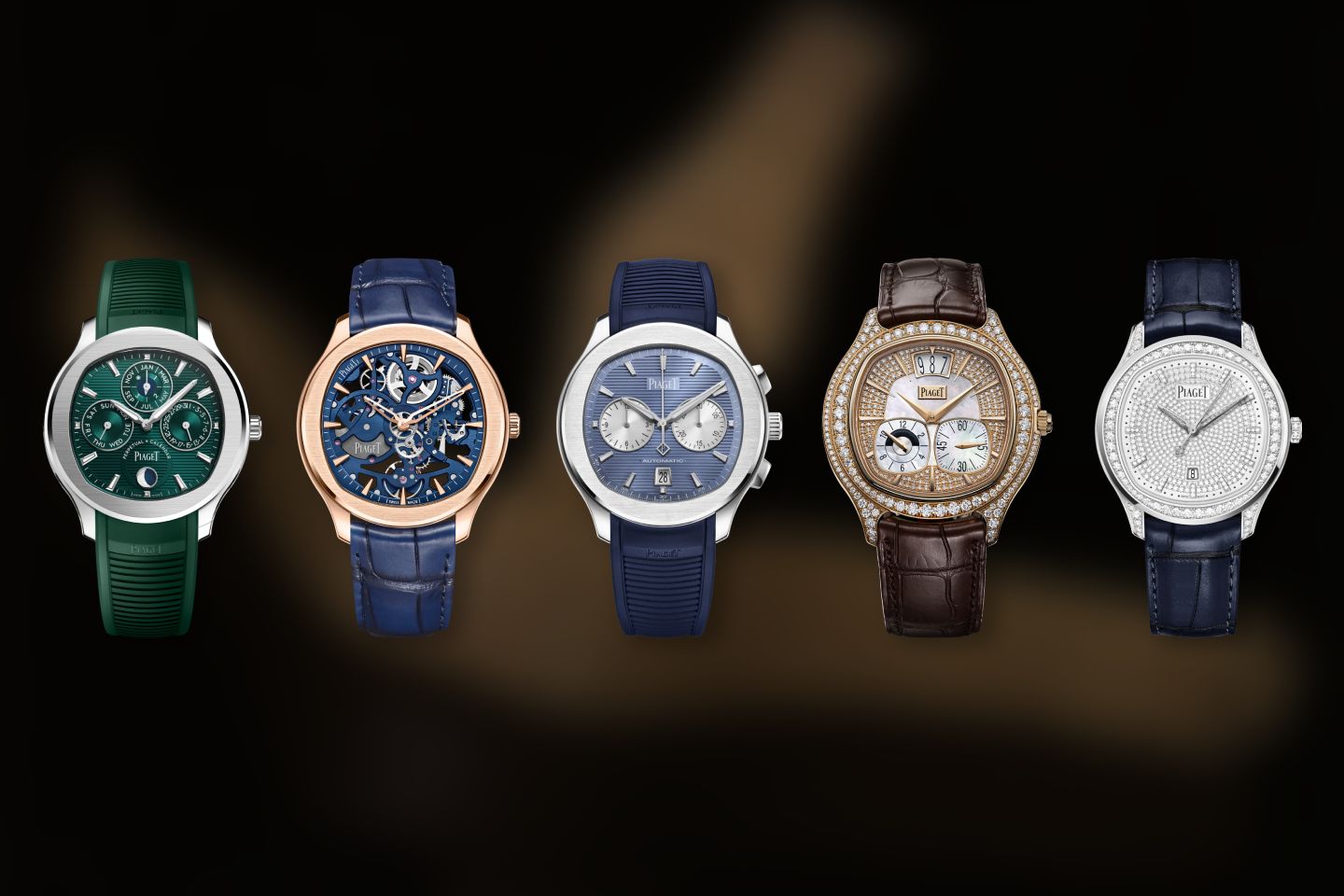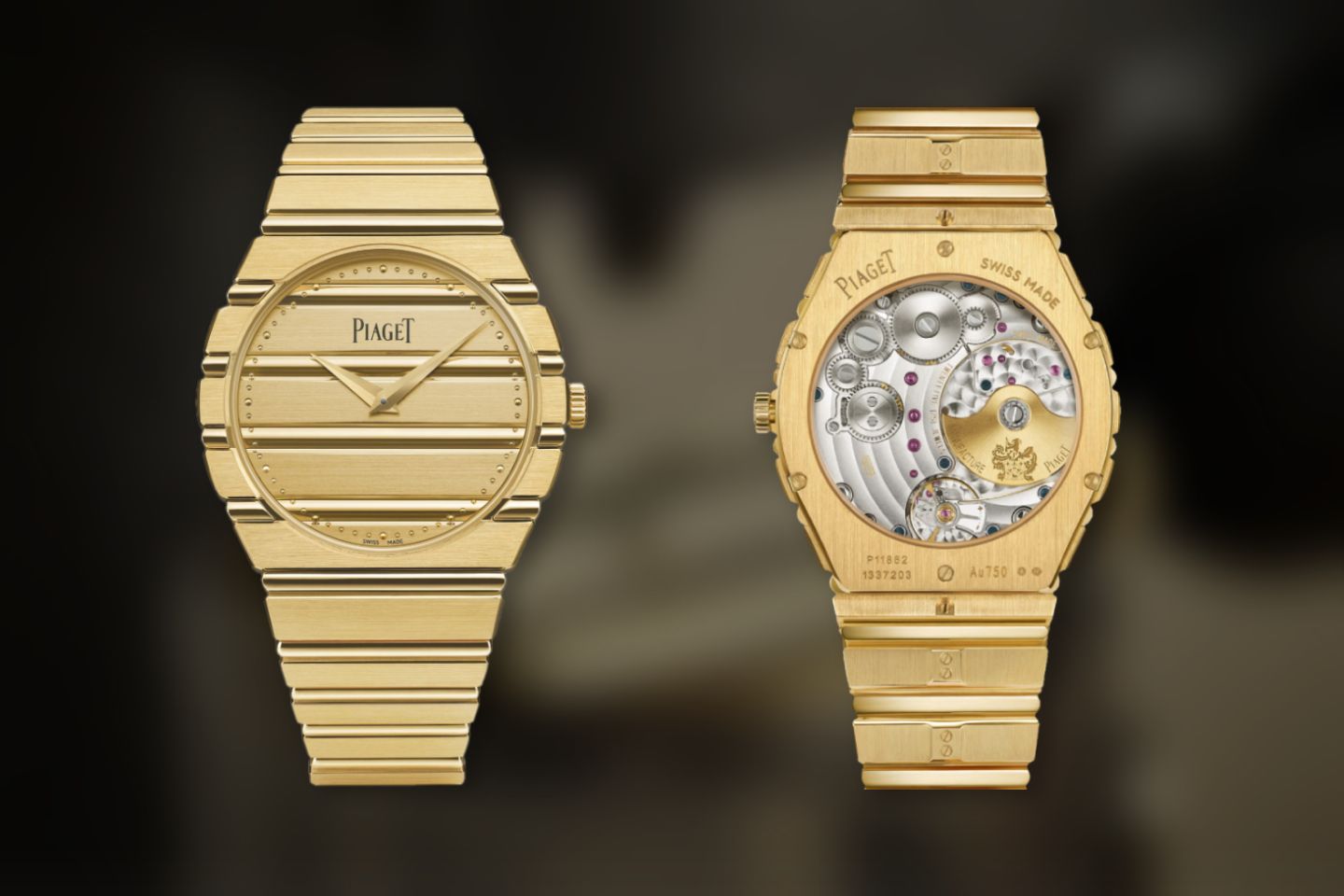From my recalling, the 70s has been the most impactful and happening decade for the watch industry. Of course, addressing the elephant in the room first, it was a period of panic as the industry was shaken hard by the Quartz Crisis. Employees were laid off, manufacturers shut down and the very essence of traditional watchmaking felt handicapped.
On the brighter side, the 70s marked the emergence of divergent styles, popularity of ingenious movements like the El Primero and most importantly, the genesis of the luxury sports watch, which paved a way for a slow but steady resurrection of the industry from a literal collapse.
Integration - The 70s Name of the Game
Wristwatches as stylish accessories was a rare concept in the 1970s. It would be akin to adorning a lab coat at a dinner date. Something with a functional intent being perceived as a styling drape was bizarre for the times.
The 1970s produced a new class of integrated bracelet luxury sports watches like the AP Royal Oak - 1972, Patek Nautilus - 1976, Vacheron 222 - 1977 and Cartier Santos - 1978Early 1970s witnessed the birth of sporty design watches featuring metal bracelets seamlessly integrated with the case. This industry-wide phenomenon is hallmarked by timepieces like the Audemars Piguet Royal Oak of 1972, the Patek Philippe Nautilus from 1976, the Vacheron Constantin 222 of 1977 and the cartier Santos from 1978, all legends to their own credit.
1979 Piaget Polo - A Remarkable Progression
Stamping an ultimate evolution of the integrated bracelet genre is the Piaget Polo of 1979. Even in a pool of icons, the Polo, constructed entirely out of 18-carat gold, stood out as boldly flamboyant. Nowhere in this genre is the case-bracelet integration so continual as the Polo. The alternating parallel “gadroons” are to be credited for that. The original Piaget Polo was introduced in two shapes and sizes.
The original Polo from 70s in round and square casesIts creator Yves G. Piaget famously remarked, “The entire Polo philosophy can be summed up in one sentence: it’s a watch bracelet rather than a mere wristwatch.”
In its rare but remarkable genre, the Piaget Polo dared to translate the true vibrance of the 70s in its aesthetic like none other, mostly because it could. With no more than just a couple decades legacy to preserve, it was let’s say a bit more liberated, a little something other brands couldn’t leverage.
In 1976, Piaget had developed its very own quartz caliber 7P and it found a suitable refuge in the ultra-slim case of the Piaget Polo. At its time, the in-house caliber 7P was the world’s smallest quartz movement.
Piaget in-house caliber 7P - the world's smallest quartz movement of the timeIronically, the initial Polo swiftly garnered popularity among the affluent and influential, elevating it to the coveted status of a symbol of prestige during its era. Over its golden span, it has embellished the wrists of Andy Warhol, Jacqueline Kennedy Onassis, Ursula Andress, Brooke Shields, Miles Davis, Elvis Presley, Bjorn Borg and many others.
(left) - An early advert for the Piaget Polo. (right) - Yves G. Piaget with actress Ursula Andress, the spokesperson for the Polo1980s - Evolution of an Icon
Post its launch, the Piaget Polo was executed in innumerable iterations that showcased the iconic design in myriad shapes and material combinations. The 80s gave us the two-tone steel and gold Polos and the much sought-after artisanal dial variants featuring lapis lazuli, mother-of-pearl and tiger’s eye stone dials.
Styling and design variants for the early Piaget Polo with two-tone construction and dials made of mother-of-pearl and lapis stoneThe early 1980s popularity of the Polo rose to such an extent that the model contributed to nearly one-third of Piaget’s watch sales. The Polo collection further expanded with the Polo Date, ref. 15561 and the ref. 15791, in 32 and 30 mm respectively. A Day-Date ref. 15562 was also born. All the pieces however relied on Piaget's quartz calibers.
The Piaget Polo Date, ref. 15561 (left) and the Polo Day-Date ref. 15562 (right) were conceived in the 1980sThe original run of the Polo produced a very few ultra-thin automatic movement powered pieces as well. Their dials bore the ‘automatic’ lettering making them easily distinguishable. The ref. 561 from the 80s is one such example. Although Piaget already had an in-house 2.3mm thick micro-rotor caliber 12P from 1960, a modified Jean Lassale self-winding caliber 2000, rebranded as the 25P was opted to serve timekeeping duties.
The 27mm diameter Piaget Polo ref. 561 (left) ditched Piaget’s in-house caliber 12P 2.3mm thick (right) in place of the ultra-thin caliber 25P 2.08mm thick, a movement sourced from Jean LassaleSurprisingly in 1986, two only-known examples of a Polo Triple Calendar Moonphase 15908 C701, originally intended to be a limited collection of 250 were produced. These are the rarest Piaget Polo’s ever produced.
2000s - Demonstrating Contemporary Relevance for the Polo
As the early 2000s witnessed a shift to larger case sizes, the Piaget Polo too muscled up, well a bit, to suffice the preferences of the shifting tastes. Throughout the first decade of the 21st century, the Polo underwent continual refinements, to keep up with the changing times and tastes.
In 2009, Piaget manufactured its in-house caliber 880P. It was an ultra-thin automatic chronograph caliber with a second time zone indication. The movement boasted an impressive 50 hours of reserve power as well. This evolution of the early 2000s peaked in the Piaget Polo FortyFive models. The collection metamorphosed the original 1979 concept into a very modern-era relevant aesthetic.
The 2009 Piaget Polo FortyFive watch with the Manufacture 880P PVD ultra-thin automatic mechanical chronograph movement with small seconds, chronograph flyback function, date and dual time zoneThe collection beckoned a scope of complications as well and we got the Piaget Polos with chronographs, perpetual calendars, minute repeaters as well as the Polo Tourbillon Relatif. The FortyFive line also tweaked the core aesthetic of the model with iterations in rubber straps as well. Although not entirely in the spirit of the classic design, the FortFive line was a takeaway that Piaget intended for the Polo to last as a forever icon in its portfolio.
Piaget Polo tourbillon relatif watch featured the flying tourbillon suspended from the tip of the minute hand. It is powered by the Manufacture 608P hand-wound caliber2016 - The Chic Sports Watch, Rebooted
Even though there were many, no other evolution of the Piaget Polo is as significant as the 2016 reboot. The launch of the Polo S after a complete facelift was unsurprisingly faced with mixed opinions. Although it demonstrated a significant aside from the original design, it offered a contemporary take on a classic aesthetic, with a flurry of mechanical innovations to truly upscale the technicalities. The Polo S possesses ample merits to reassert for itself, the status of a ‘luxury sports watch’.
The modern Polo S collection has enabled Piaget to exercise a greater liberty in integrating complicated calibers and stylistic diversity within the lineThe gradual expansion of the Polo S line-up is continual and as an upside, has offered a canvas for demonstrating Piagte’s haute horlogerie prowess.
2024 and Ahead: A Mainstay in Luxury Watchmaking
Watches like the Vacheron Constantin 222 somewhat made it easier to predict that there was going to be a revival of the original Piaget Polo from 1979. And that’s what happened in 2024 with the launch of the Piaget Polo 79. This tribute limited production piece launched in celebration of the Maison’s 150th Anniversary offers the original Polo’s clear point of differentiation with an almost 1:1 inspired aesthetic.
The 150th Anniversary Piaget Polo 79 marks the revival of the original 1979 aesthetic and gets the in-house caliber 1200P1It gets even better with the inclusion of Piaget’s in-house caliber 1200P1, an ultra-thin off-centered micro rotor movement. The levels of refinement and attempts of revival that Piaget has bestowed upon the Polo makes one thing sure: the Piaget Polo is here to stay, and that it should. Such an icon deserves a perpetual appreciation and with the rarity of its vintage stock, the market dearly aches for modern Polos, but as you can guess, somewhat in the similar vein as the Polo of 1979.

